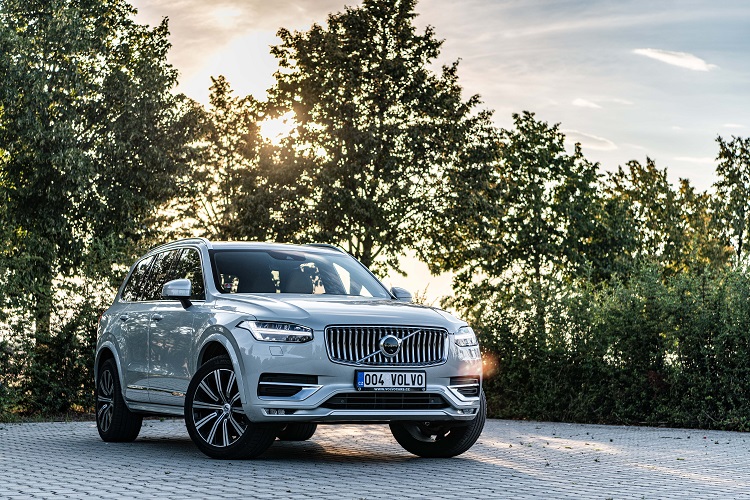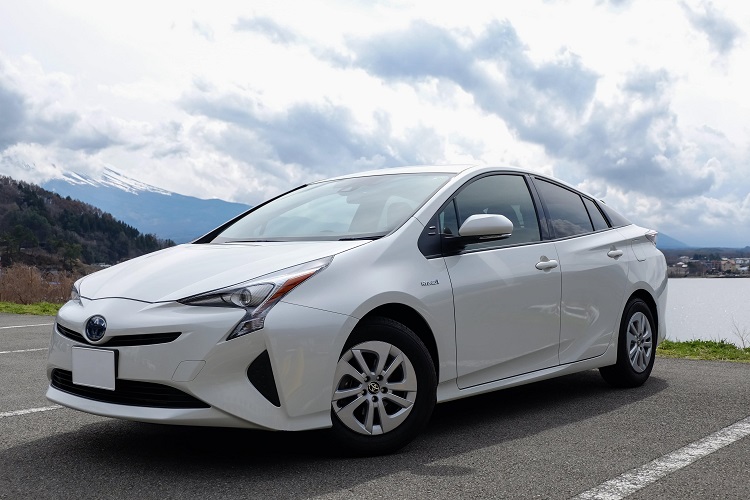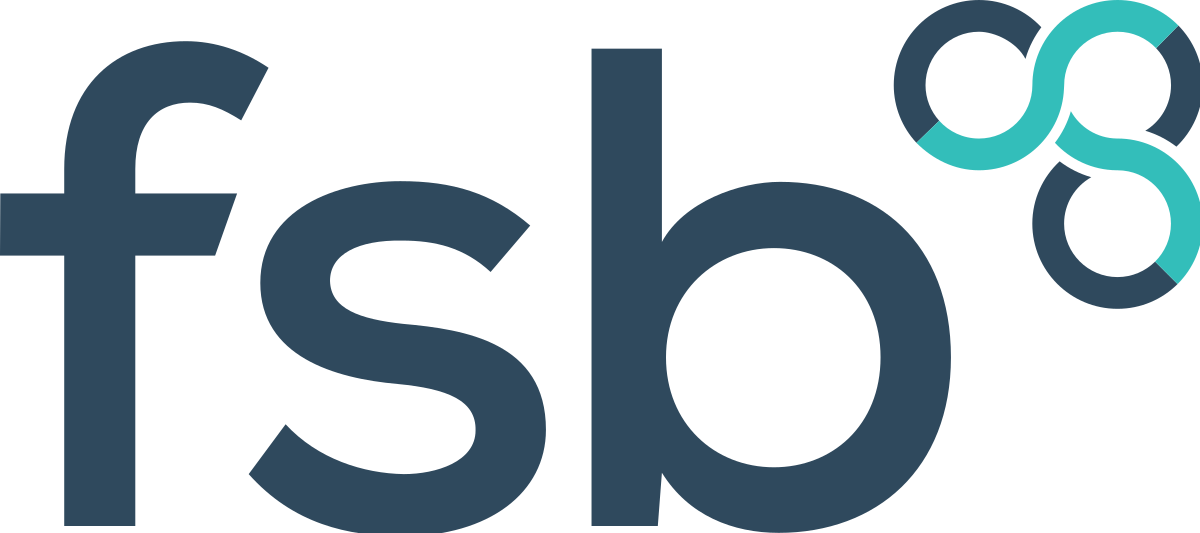What is car leasing? How does it work?
Car leasing is a form of finance that provides an alternative to buying a new car outright. Car leasing is essentially a long-term car rental that allows you to drive a state-of-the-art car for a set number of miles, over an agreed period of time.
Unlike other car finance options, however, you will not own the vehicle by the end of your car lease. Instead, you pay an initial deposit, followed by a fixed monthly payment for the lease period – usually around two to four years. Then, at the end of your contract, your car will be collected by the leasing company.
Leasing a car is often more affordable than buying a car outright or through traditional finance. But is it right for you? Read on to find out how car leasing works.


Car leasing: how does it work?
- Car leasing works as a type of car finance similar to a long-term rental
- Leasing a car is a great option is you want to drive a new car, make affordable payments, and return it hassle-free once your lease ends.
- Business leasing offers many benefits for companies, including fixed monthly costs and easy renewals
How does car leasing work?
Personal car leasing is a fairly simple process:
- Step 1: Browse car leasing deals to decide what type of car would suit you best: petrol, electric or hybrid? Saloon, SUV or convertible? At Leap, we have hundreds of car leasing deals to choose from, but if there’s a particular vehicle you’re interested in, please contact our Sales team.
- Step 2: Agree on the terms and conditions you require. These can vary but will always include the contract length, agreed mileage for the duration, and any optional extras for your car. You should try and estimate your expected mileage as accurately as possible, as any excess mileage could incur a penalty fee at the end of your contract. As well as underestimating, make sure not to overestimate the miles on your lease either to ensure you receive the best deal, to help make this happen we can provide multiple quotes when you’re making your choice.
- Step 3: Agree price and find you the best deal from our preferred suppliers. Then when you’re happy we will ask you to Complete a Finance Application. Car leasing is a form of finance, and therefore subject to credit checks, meaning this will include monthly income and bank details.
- Steps 4: Get approved on finance, then sign the car lease order form and we will order the vehicle on your behalf – making things as easy as possible for you. You will be kept up to date on your vehicle’s location up until delivery.
- Step 5: The car arrives at the dealer. We will then ask you to sign the car lease agreement; some manufacturers will require the initial payment upfront, (but not all). It’s usually an amount equivalent to multiple monthly payments, from 3 to 12, though this can vary. This is a non-refundable deposit that will have been agreed in your contract.
- Step 6: Delivery is arranged once the contract is signed. Delivery if your lease car is free of charge. Your monthly payments will begin.
What happens at the end of a lease?
If you stick to the agreed mileage limit and keep the car in good condition, there shouldn't be any extra charges for you to pay at the end of a lease. You simply hand the car back. At the end of a car lease, we’ll usually arrange for the car to be collected for you.
If you exceed your mileage limit you might have to pay an excess charge. We also expect you to cover the cost of any repairs if the car is damaged beyond reasonable wear and tear.
Otherwise, all that will be left for you to do is sign the release papers and hand back your keys.
Then you can either walk away or start all over again with a new car lease.
Is insurance included in a lease?
Insurance is not usually included in a car lease, which means it’s up to you to arrange appropriate insurance cover. It’s important you inform your insurance provider the car is leased, as leased cars must have fully comprehensive insurance – not just third-party insurance – before they can be driven.
Car leasing also does not usually include maintenance and repair services, though this can be added as per your contract if necessary, including general maintenance and extra like your tire. Either way, you must ensure your car is well looked after, as any damage to the vehicle may incur an excess charge at the end of your contract period.
What is the benefit of leasing a car?
With a car lease, you can drive away in the car of your choice, then hand it back – hassle-free – at the end of your contract period. Initial payments for a car lease are often lower than a deposit for other car finance options, and your monthly payments are also more affordable. As your payments are fixed, you don’t have to worry about your car’s loss of value either.
If you’re still unsure whether it’s better to buy or lease a car, read our in-depth guide to figuring out which option is best for you.
What is personal leasing?
Personal leasing – or Personal Contract Hire (PCH) – is a lease agreement for a vehicle for personal use. Unlike business leases, you must not use the car for business trips.
As with all lease agreements, you’ll pay an initial payment and then a fixed monthly fee, with an agreed mileage cap.
At the end of the contract, any excess fees or damages charges are solely your responsibility.
What is business leasing?
Business leasing – or Business Contract Hire (BCH) – is very similar to personal leasing. The main difference is that it’s leased on behalf of a company for business use.
The fixed monthly payments can improve cash flow for the business, and VAT registered companies can claim back 50% VAT on a business lease car.
However, as with personal leases, business leases will also be subject to penalty fees if they exceed their mileage or return a damaged car.
Sometimes companies will pass these charges onto the employees who drive the business leased cars, so it’s worth checking your employer’s policy on this.
Leasing vs PCP
Leasing and Personal Contract Purchasing (PCP) may seem similar – they’re both car finance options that involve initial fees and monthly payments – but they differ in one key point.
At the end of a car lease, you must return the vehicle to the dealer. With PCP, however, you have three options at the end of your contract:
· Return the car to the dealer – in the same way as a lease.
· Trade the car in on a new PCP contract.
· Pay a final lump sum to purchase the car outright.
If you decide you want to own your car, you can choose to make a larger final ‘balloon payment’ at the end of your PCP contract to cover the rest of the cost. This amount will be decided at the beginning of your lease.
The flexibility of PCP, however, means the monthly payments are usually higher than the payments for a lease, and the interest rates can also vary from year to year. If you’re certain you won’t want to own the car, you can save money by opting for a car lease instead.
Unsure whether leasing or PCP is right for you? Read our guide to the best car finance options.

Summary of car leasing
If you want to drive a new car, but balk at the cost of buying outright, then leasing a car could be a great option for you. The lower deposit and monthly payments are much more affordable than other car finance options, while the hassle-free return process means you can upgrade your car every few years without worrying about value depreciation.
Check out our range of car leasing deals today.
Related articles
· The difference between HP, PCP, PCH and leasing




